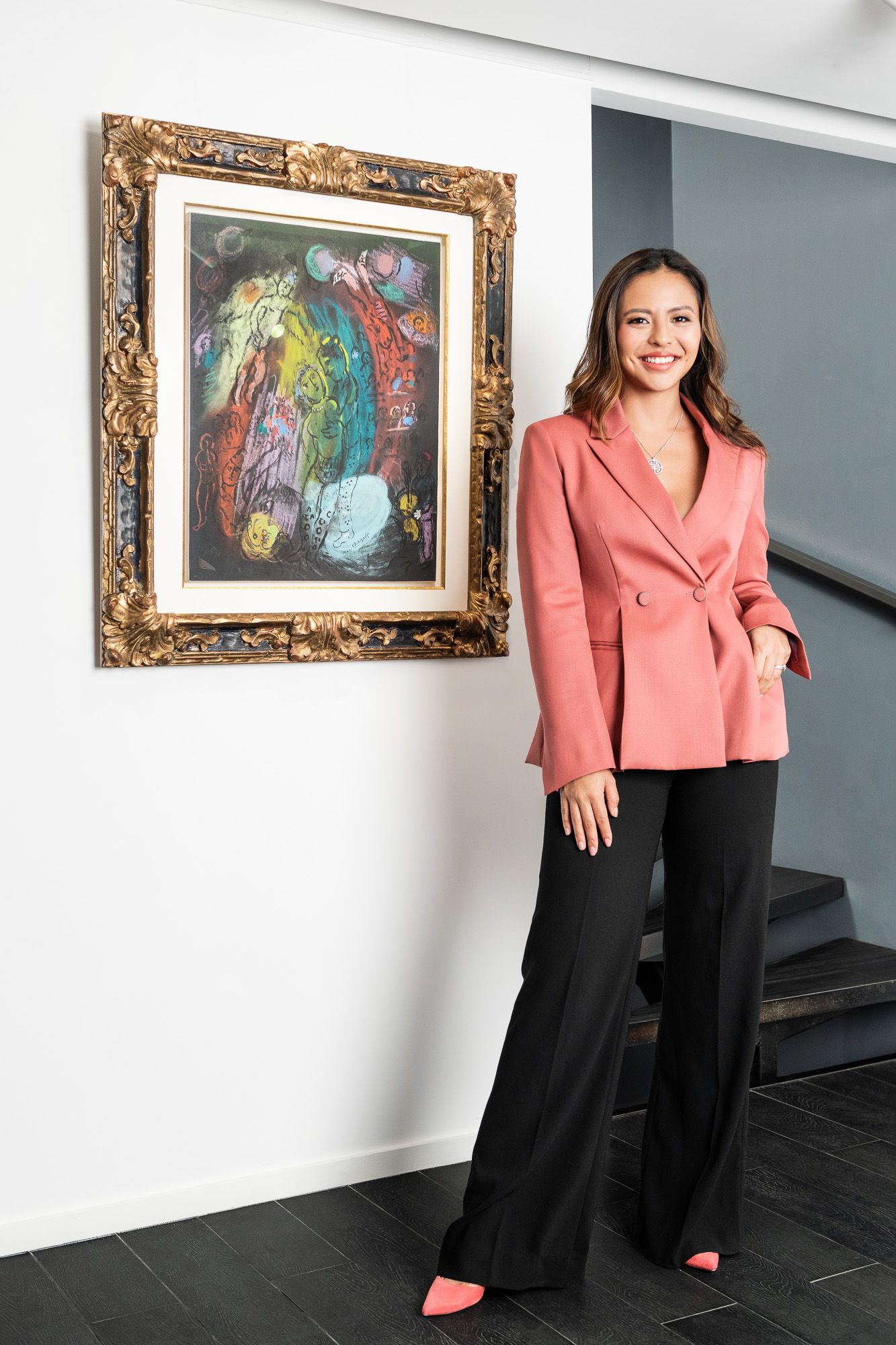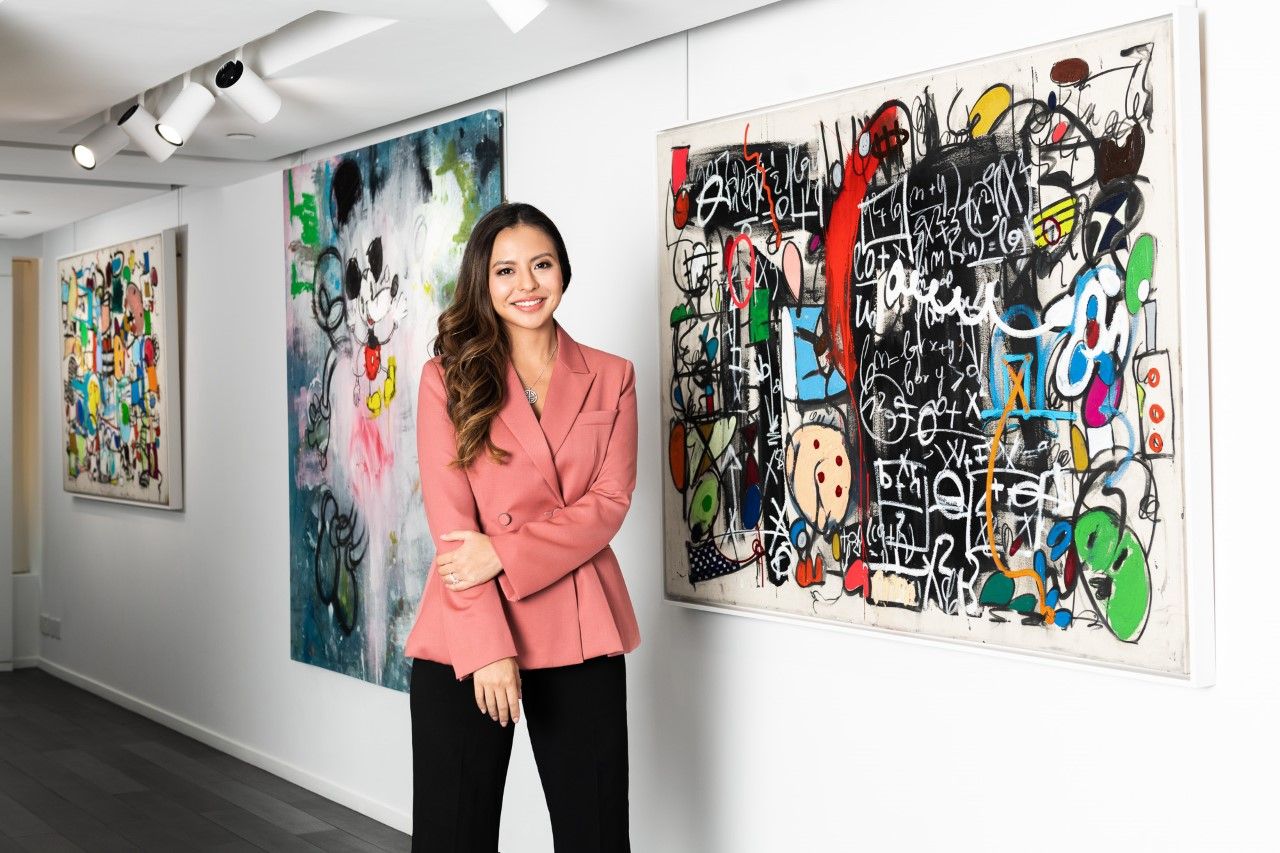Opera Gallery Hong Kong Focus
We chat with Sharlane Foo to learn more about Opera Gallery’s influence in shaping art collection and curation in Hong Kong and her unique outlook as a woman in the art industry
If you've walked up Wyndham Street, there's no doubt your eyes will be immediately drawn to the eye-catching visuals behind the floor-to-ceiling windows of the 4-storey stand-alone building. These striking masterpieces are the type of modern, innovative artworks Sharlane Foo, director of Opera Gallery Hong Kong, is bringing to the city.
With extensive experience in art curation and a background in Southeast Asian Art History, Sharlane knows how to read her audience: her keen understanding of the market in Hong Kong enables her to design collaborations and programmes that further strengthen Opera Gallery’s reputation as a forward-thinking platform, one that is uniquely in tune with the art markets on global and local scale.
The result is a progressive approach to art showcasing for both artists and collectors, where local artists gain significant exposure through Opera Gallery’s extensive network, and collectors of every level are privy to a plethora of art genres and styles.

Opera Gallery Group was founded by Gilles Dyan in 1994 and now established in 13 prime locations. It has a rich history in Asia, with Hong Kong being the first international gallery to open 15 years ago. What is your approach to art dealing and what makes the Opera Gallery in Hong Kong distinct?
The Opera Gallery model has always prided itself on providing the very highest in customer care and service. We find our clientele impressed by our diverse inventory we are able to present on the go.
With Hong Kong being fast-paced and ever-changing, it is paramount that we at Opera constantly modify and adapt to stay relevant in the art realm. We might have been one of the earliest galleries to recognise this city for all its opportunities, but we also know there is no value resting on our laurels.
Together with my young, diverse energetic team in Hong Kong, we are determined to take on challenges to present admirable and exotic artworks never seen before in the city.
What would you say are key tenets or beliefs for the Opera Gallery brand, when working with artists, and with collectors?
The role of the gallery is to bridge the gap between artists and collectors. I find that collectors gain the most satisfaction once they have the utmost understanding of the artist’s concept behind every piece.
We aim to create a variety of curated program of exhibitions to connect with potential and existing collectors. While Opera Gallery is a supporter of the primary art sector, we also secure and protect the heritage of established Modern and Contemporary artists through collaborations with museums and art centres.
See also: Hong Kong Art Collectors: 12 Names You Should Know



